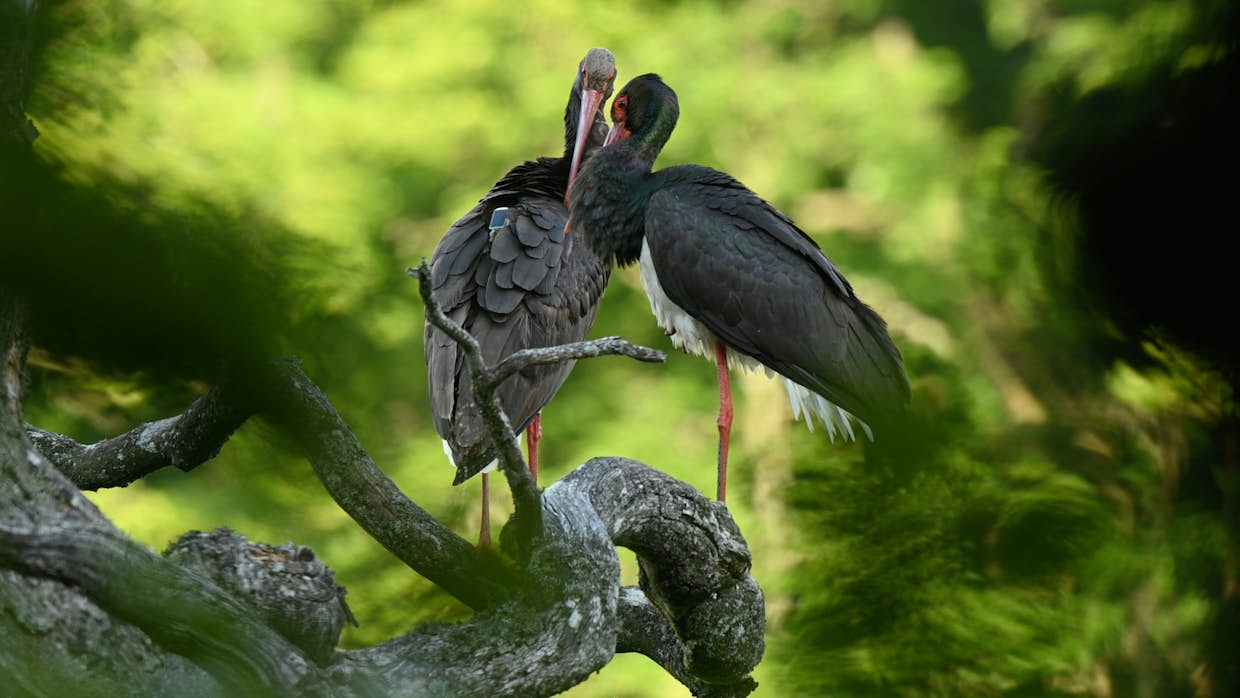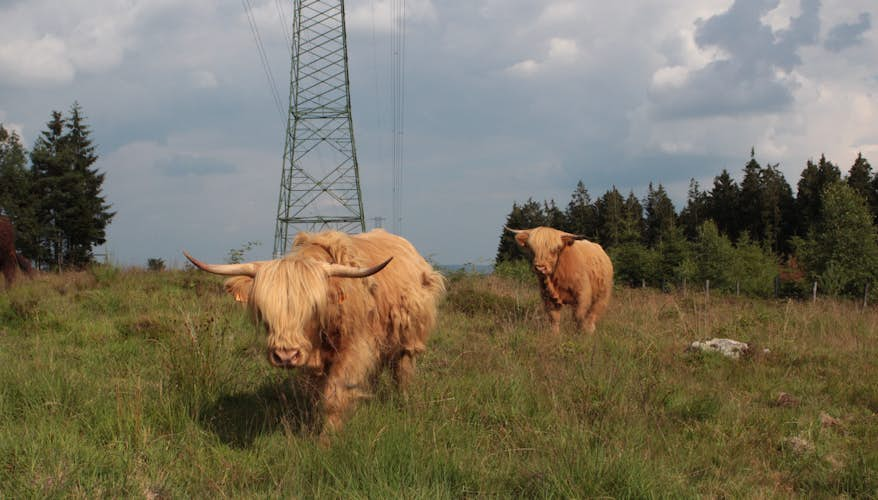- Fieldworks
- Consulting
Black Stork Study and Impact of Wind Farms and Power Lines
- Skills Fieldworks, environmental engineering, negotiations
- Ongoing
- Location Europe
Understanding of habitat use by adult black storks, during nesting, migration and wintering, remains incomplete. This lack of data is particularly marked in the context of wind and electricity development, a subject of growing interest.
For several years now, our consultancy has been asked to analyze the real impact of wind farm infrastructure and the power grid on this emblematic European species. To refine our understanding, we carried out an in-depth review of the scientific literature and interviewed 15 European experts using a standardized questionnaire. This analysis revealed a lack of precise data: existing studies recognize a potential impact of wind power, but the results remain difficult to objectify, often based on one-off or biased observations. Some sources point to a negative effect, while others fail to identify any significant impacts.
At the 7ᵉ International Conference on the Black Stork (2019), the importance of GPS beacon tracking was highlighted in order to gather precise data on the flight altitudes and spatial behavior of black storks in response to wind and power infrastructure.
In this context, over the next few months our consultancy plans to track several adult black storks equipped with GPS tags. The aim of this initiative is not only to provide scientific answers on the ethology of the species, its use of habitat and feeding areas, and its intraspecific interactions, but also to increase our knowledge of the interactions between wind power and black storks. The objective is to assess the ability of nesting pairs to cohabit with these infrastructures on their breeding sites, and to gain a better understanding of the real risks of collision and habitat loss.
This new initiative follows on from a study carried out in 2022 on two black storks equipped with GPS tags in the Ardennes. This research enabled us to refine our understanding of their daily movements and use of the territory, leading to recommendations for more appropriate management in the Ardennes context. These two storks are still being monitored to this day. The methodologies, results and analyses of this study are detailed in issue n°170 of the journal Forêt.Nature



